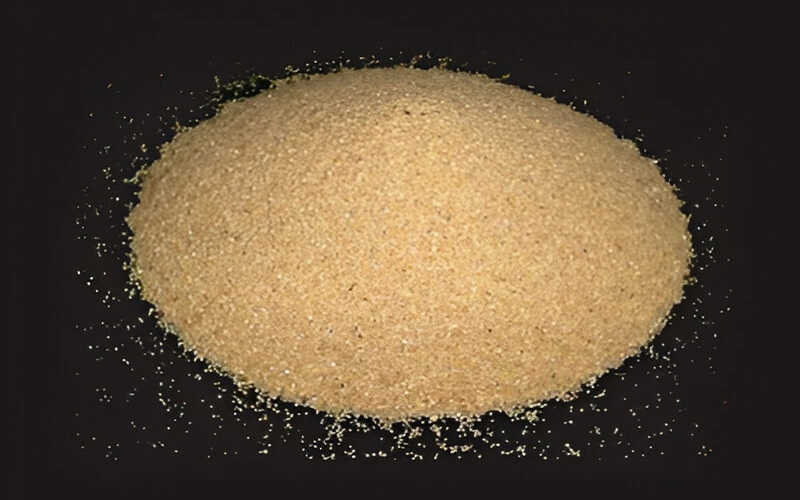Sticky sand with high silica content is used in glass manufacturing, metal casting moulds, and semiconductor production. Its purity and cohesive properties make it ideal for producing clear glass, precision castings, and silicon wafers in electronics and solar panels, ensuring strength, detail, and minimal contamination in finished products.



